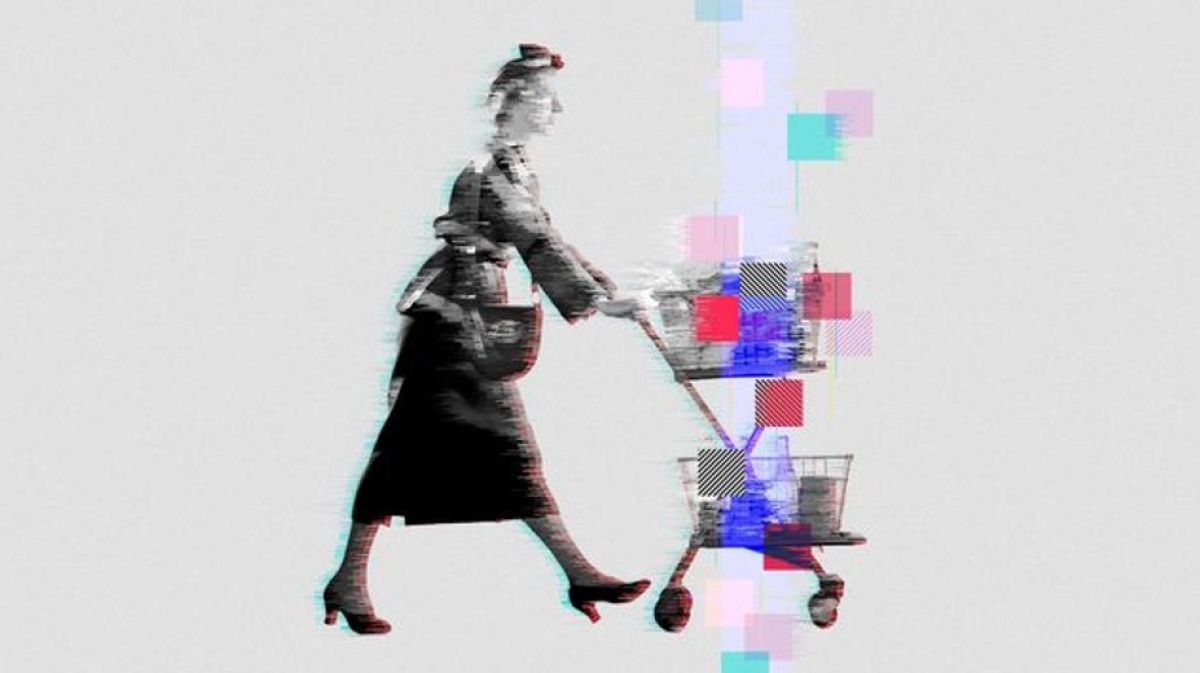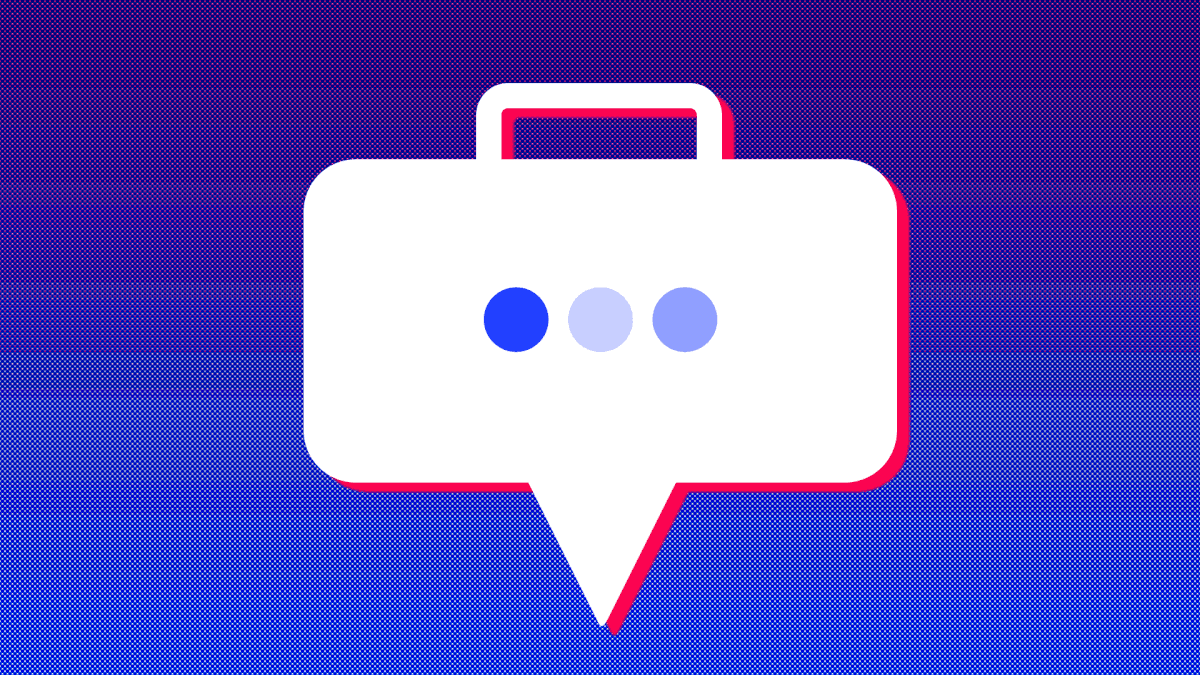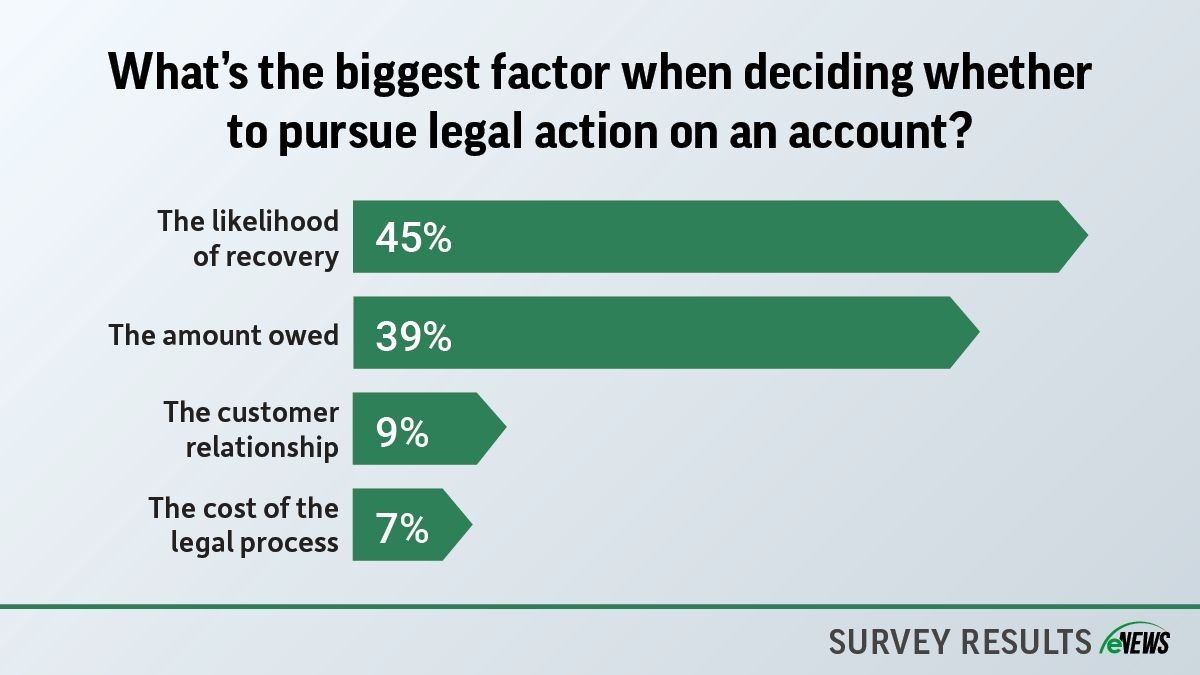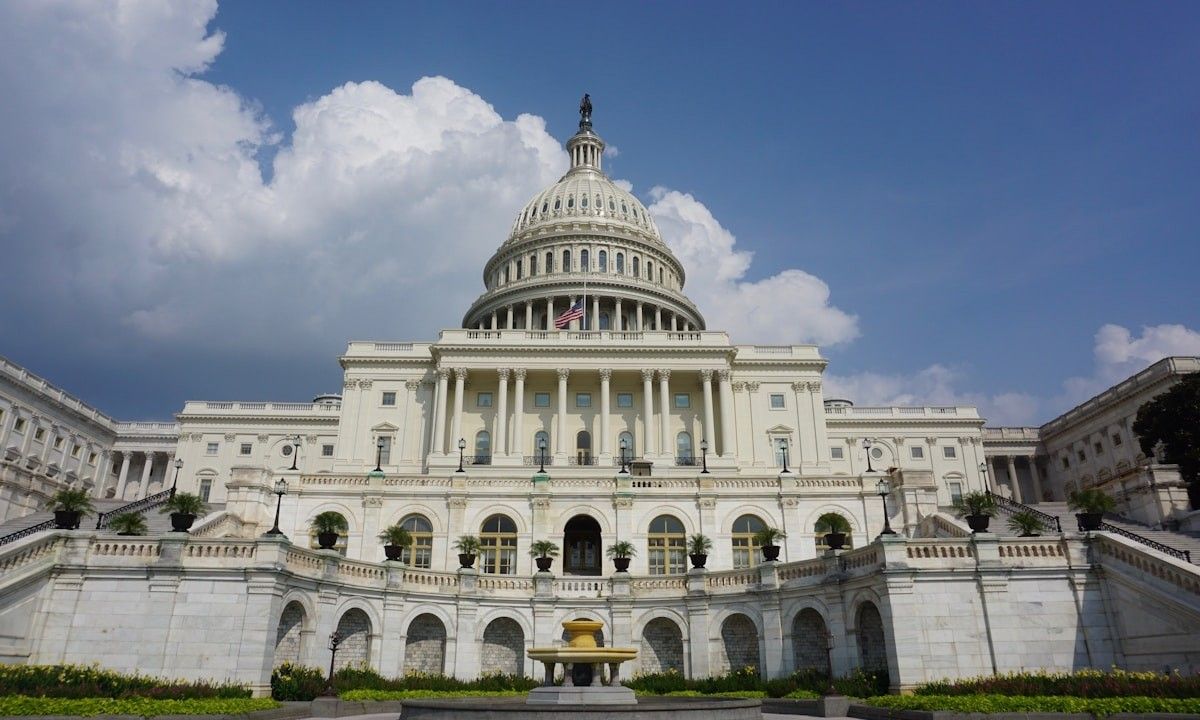eNews, Technology
Buy now, pay later (BNPL) reshapes business credit

While the concept of Buy Now, Pay Later (BNPL) isn’t novel in the B2C industry, it’s gaining traction among B2B buyers, reshaping commerce.
By the numbers: A Juniper Research report found that in 2023, the B2B BNPL market reached $14 billion in spend globally.
Why it matters: Adapting to the rise of BNPL in B2B is important as it reshapes commerce by providing businesses with an accessible and affordable credit option that could impact global spending trends.
Buy Now, Pay Later, is a type of short-term financing enabling customers to make a purchase and pay at a later date. The payment is often split across an installment period or paid off at once, usually 30 days after the purchase is made.
Even though B2B BNPL is a smaller part of BNPL, more businesses will start using it because it offers an easy and affordable way to get credit.
By the numbers: 27% of credit professionals are offering BNPL solutions for B2B transactions, according to a recent eNews poll. Why is that?
- Cash flow optimization: BNPL allows businesses to spread payments and manage working capital more efficiently.
- Enhanced accessibility: B2B BNPL platforms have made these solutions accessible to even smaller businesses, leveling the playing field.
- Competitive edge: B2B companies are adopting BNPL to meet customer expectations and stay competitive.
Attractive BNPL features include:
- Flexible credit line
- Installment payments
- Payment by invoice
- Subscription model
Although BNPL providers charge businesses for their services, it entices customers to spend more than they would if they had to pay upfront. Users can also acquire more BNPL loans that come with no interest or fees, in contrast to the annual percentage rate (APR) they receive on credit cards.
Yes, but: A downside of BNPL is the acquired ‘phantom debt,’ referring to BNPL loans that are often not tracked in Americans’ debt assessments.
- Afterpay, Affirm, Klarna and other BNPL providers don’t report transactions to credit scoring agencies.
Phantom debt not only complicates the credit investigation process, but it heightens financial risk for trade creditors.
- “Particularly for material suppliers, BNPL forces businesses into bankruptcy, severely impacting their cash flow,” said Nan Hannah, Esq. attorney at Hannah Sheridan & Cochran, LLP (Raleigh, NC). “BNPL also has a fixed interest rate per day, which really adds up over time.”
BNPL allows users to start ‘loan stacking,’ or borrowing from multiple providers, complicating debt tracking and payment management for businesses. “Loan stacking can put borrowers in a position where they can’t dig themselves out of debt, and most states have a cap on how much interest you can charge per month or per year,” Hannah said.
Although marketed as fee-free, BNPL loans entail late fees and penalties for missed payments, particularly burdensome for financially distressed customers.
What credit professionals are saying: For some of those who aren’t planning to adopt BNPL, it mainly hinges on company policy. “We offer invoice terms instead of payment plans,” said James Sarkkinen, CBA, credit manager at Interstate Companies, Inc. (Minneapolis, MN). “The revenue generated from our receivables portfolio is how we meet our financial obligations. If we extend terms, we would need to hit our line of credit to pay our weekly or monthly obligations.”
Extending payment terms without solid credit checks can lead to more defaults and cash flow problems.
- David Escobar, credit manager at Evapco, Inc. (Taneytown, MD), said he might consider BNPL if it fits his company’s financial strategy and does not harm their cash flow or increase their bad debt.
- “Businesses want more flexible payment options and BNPL is an attractive option that I foresee to increase in B2B,” Escobar said. “However, it depends on how well companies manage credit risk.”
Juniper’s Research recommended B2B BNPL providers focus on business types struggling with access to credit, particularly smaller enterprises to maximize their appeal. “Partnerships with key B2B services, such as B2B marketplaces and ERP (Enterprise Resource Planning) systems, will be critical to future B2B BNPL growth,” the report reads.
The bottom line: The increasing adoption of BNPL in B2B trade is reshaping commerce by offering businesses an accessible and affordable credit option, despite potential risks such as untracked phantom debt and loan stacking.
For more information, be sure to register for NACM’s upcoming webinar on Quick Loans for B2B.





